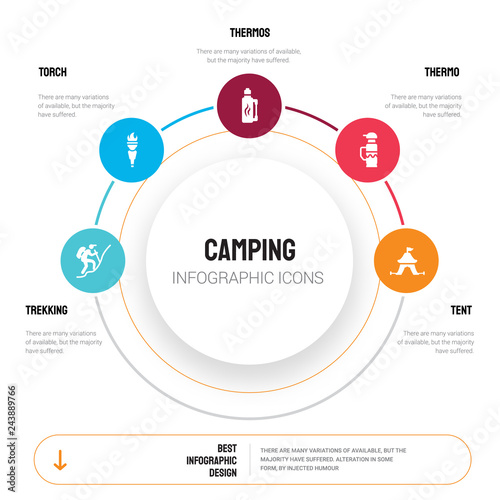While lots of campers concentrate on a tent's cover to protect them from rain, snow, and insects, the tent flooring is equally crucial. A quality flooring supplies protection from standing water, soaked mud, and sharp rocks.
At White Duck Outdoors, we offer free-floating vinyl floorings that are personalized to each outdoor tents size. This allows you to pick a floor liner or use your own canvas tarp as a liner.
Durability
There are various types of floors available for wall tents. Free-floating floorings are separate pieces that you lay on the ground prior to developing the tent, making them simple to establish. A sewn-in floor is a little bit much more difficult, but it supplies exceptional protection from water and insects.
However, the very best alternative is a tent flooring liner. A liner is thick and forces any water or insects to go under the flooring rather than via openings in the tent. It likewise reduces the amount of dust that gets in the outdoor tents, making it simpler to cleanse and preserve.
All White Duck Outdoors wall outdoors tents include a free-floating floor included, so you do not have to bother with acquiring and setting up one separately. We recognize the significance of having the ability to personalize your room and make camping more satisfying. The free-floating flooring makes the camping tent less complicated to carry, clean and shop, luxuries that sewn-in or 3/4 floorings do not provide.
Weather condition Resistance
When picking a protective cover for industrial or logistical functions, climate resistance is commonly an important element. Canvas tarpaulins are commonly made from natural materials, while vinyl tarpaulins include innovative polymer engineering. This difference in structure causes considerably various performance characteristics, maintenance demands, and appropriate applications.
Plastic tarpaulins are suitable for long-term commercial insurance coverage as a result of their sturdiness, water-proof attributes and chemical resistance. They additionally supply excellent UV defense and are lighter than canvas tarpaulins. These residential or commercial properties make them the favored choice for covering equipment and constructing temporary structures.
Easy Maintenance
The sturdiness of plastic floorings and their resistance to deterioration translates into minimal maintenance requirements. Wipe-downs with mild soap and water are enough to maintain them looking tidy, while persistent discolorations can often be gotten rid of without much initiative.
On the other hand, canvas covers are more probable to soak up wetness gradually, leading to mold and mildew growth if not properly dried out or dealt with. Furthermore, they might call for even more constant waterproofing treatments to maintain their safety properties.
Additionally, a woven fabric like cotton is prone to piercing and tearing over time, making it a lot more vulnerable to harm from sharp objects or rough surface areas. Vinyl is engineered to stand up to these dangers more effectively, placing it as a premium option for durable defense applications. Furthermore, its synthetic components offer exceptional sturdiness and longevity compared to canvas products. As a result, they typically have a lower ecological impact in terms of manufacturing and disposal. They additionally often tend to have a much more functional customization capability, facilitating the consolidation of complex styles and color design.
Environmental Influence
Similar to all products, it is very important to understand the ecological profile of each material. This includes everything from basic materials sourcing and manufacturing procedures to use long life and end-of-life disposal choices. This info permits businesses to make smarter options that line up with sustainability objectives while fulfilling functional demands.
Sailcloth naturally lines up with eco-conscious objectives as a result of its biodegradable nature and reduced manufacturing impact. Its lighter weight equates to much less storage space and transport requirements. Its minimized maintenance needs and longer life-span further lower total expenses.
Vinyl, on the other hand, counts on artificial parts for its resilience and weather resistance. Its chemical therapies need high energy input. Vinyl's non-biodegradable buildings additionally complicate recycling and waste monitoring methods. Nevertheless, it does offer superior waterproofing portable shelter and UV deterioration resistance to exterior atmospheres.
